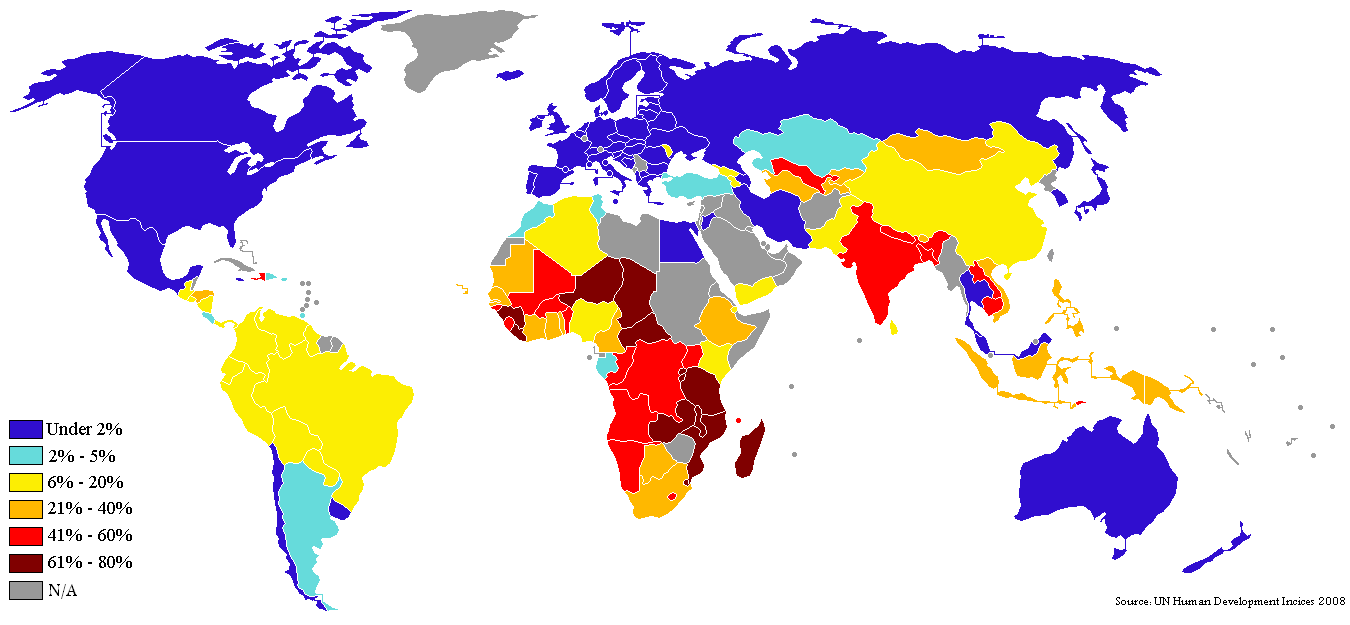|
Isulan
Isulan, officially the Municipality of Isulan (; , Jawi: ايڠد نو اسولن; ), is a municipality and capital of the province of Sultan Kudarat, Philippines. According to the 2020 census, it has a population of 97,490 people. Etymology The Christian settlers would have preferred to decide the name of their new town by referendum. However, Datu Kudanding Camsa, both revered and feared, had decided it by himself. Datu Kudanding Camsa had reacted to the history of local battles way back in the early. Until 19th century when a sultanate in the adjacent town of Maganoy under Sultan Utto with a vast army decided to attack a small municipality located in the area now encompassed by the new entity under the leadership of Sultan Kudarat Mopak. Outnumbered with the ratio of 20:1, Sultan Kudarat Mopak on a white horse decided to do battle with his men notwithstanding the odds. The battle cry of Sultan Kudarat was the uttering of the word, "Isu-silan" which means "They are there, ... [...More Info...] [...Related Items...] OR: [Wikipedia] [Google] [Baidu] |
Sultan Kudarat
Sultan Kudarat, officially the Province of Sultan Kudarat (; Maguindanao language, Maguindanaon: ''Dairat nu Sultan Kudarat'', Jawi Alphabet, Jawi: دايرت نو سولتان كودرت; ; Ilocano language, Ilocano: ''Probinsia ti Sultan Kudarat''; ), is a Provinces of the Philippines, province in the Philippines located in the Soccsksargen Regions of the Philippines, region in Mindanao. According to the 2020 Philippine census, 2020 census, it had a population of 854,052 people. Its capital is Isulan, Sultan Kudarat, Isulan while the commercial center and largest city is Tacurong. On February 23, 1995, Sultan Kudarat transferred from Autonomous Region in Muslim Mindanao, the Autonomous Region in Muslim Mindanao (now Bangsamoro Autonomous Region) to Soccsksargen. Etymology The name ''Sultan Kudarat'' given to the province was derived from the Maguindanao people, Maguindanaon Muslim ruler, Muhammad Kudarat, Sultan Muhammad Dipatuan Kudarat who began to assert his leadership ... [...More Info...] [...Related Items...] OR: [Wikipedia] [Google] [Baidu] |
Koronadal
Koronadal, officially the City of Koronadal (; ; ; Maguindanao language, Maguindanaon: ''Kuta nu Kurunadal'', ) and also known as Marbel, is a Cities of the Philippines#Legal classification, component city and capital of the Provinces of the Philippines, province of South Cotabato, Philippines. According to the 2020 census, it has a population of 195,398 people. Koronadal is the capital city of the province of South Cotabato and serves as the regional administrative center of Soccsksargen (Region XII). It is also the second most populous city in both South Cotabato and the entire Soccsksargen region, following General Santos. Koronadal is one of the two cities in Mindanao with a predominantly Hiligaynon-speaking population, comprising approximately 95% of its residents. In 2003 and 2005 the city was recognized as "Most Competitive City" in the small-city category, and in 2005 and 2006 as the most business friendly city in Mindanao. Etymology The word "Koronadal" is popularly ... [...More Info...] [...Related Items...] OR: [Wikipedia] [Google] [Baidu] |
Provinces Of The Philippines
In the Philippines, provinces ( or ) are one of its primary political and administrative divisions of the Philippines, administrative divisions. There are 82 provinces at present, which are further subdivided into Cities of the Philippines, component cities and Municipalities of the Philippines, municipalities. The local government units in the Metro Manila, National Capital Region, as well as Cities of the Philippines#Independent cities, independent cities, are independent of any provincial government. Each province is governed by an elected legislature called the Sangguniang Panlalawigan and an elected governor. The provinces are grouped into Regions of the Philippines, eighteen regions based on geographical, cultural, and ethnological characteristics. Thirteen of these regions are numerically designated from north to south, while the National Capital Region, the Cordillera Administrative Region, the Southwestern Tagalog Region (Mimaropa), the Negros Island Region, and the Ba ... [...More Info...] [...Related Items...] OR: [Wikipedia] [Google] [Baidu] |
Philippine Province
In the Philippines, provinces ( or ) are one of its primary political and administrative divisions. There are 82 provinces at present, which are further subdivided into component cities and municipalities. The local government units in the National Capital Region, as well as independent cities, are independent of any provincial government. Each province is governed by an elected legislature called the Sangguniang Panlalawigan and an elected governor. The provinces are grouped into eighteen regions based on geographical, cultural, and ethnological characteristics. Thirteen of these regions are numerically designated from north to south, while the National Capital Region, the Cordillera Administrative Region, the Southwestern Tagalog Region (Mimaropa), the Negros Island Region, and the Bangsamoro Autonomous Region in Muslim Mindanao are only designated by acronyms. Each province is a member of the League of Provinces of the Philippines, an organization that aims to add ... [...More Info...] [...Related Items...] OR: [Wikipedia] [Google] [Baidu] |
List Of Electric Distribution Utilities In The Philippines
This is a complete list of electric utilities in the Philippines. There are 152 electric utilities in the Philippines, country. List See also * List of companies of the Philippines * List of power plants in the Philippines Notes References External links Distribution Utility (DU) Profile {{Authority control Electric cooperatives of the Philippines, Electric power companies of the Philippines, Lists of companies of the Philippines, Electric Electric power-related lists, Philippines Lists of energy companies, Philippines ... [...More Info...] [...Related Items...] OR: [Wikipedia] [Google] [Baidu] |
Measuring Poverty
Poverty is measured in different ways by different bodies, both governmental and nongovernmental. Measurements can be absolute, which references a single standard, or relative, which is dependent on context. Poverty is widely understood to be multidimensional, comprising social, natural and economic factors situated within wider socio-political processes. The main poverty line used in the OECD and the European Union is a relative poverty measure based on 60% of the median household income. The United States uses a poverty measure based on pre-tax income and the U.S. Department of Agriculture's "economy food plan" by which 11% of Americans are living in poverty, but this is disputed. The World Bank Group, World Bank defines poverty in absolute terms. It defines ''extreme poverty'' as living on less than US$1.90 per day. (Purchasing power parity, PPP), and ''moderate poverty'' as less than $3.10 a day. It has been estimated that in 2008, 1.4 billion people had consumption l ... [...More Info...] [...Related Items...] OR: [Wikipedia] [Google] [Baidu] |
Sultan Utto
Datu Uto (reigned: 1875–1902), also known as Sultan Anwarud-din Utto or Sultan Utto Anwaruddin, alternatively spelled as Datu Utto, was the 18th Sultanate of Buayan, Sultan of Buayan, one of the major sultanates of Mindanao. As a military leader he distinguished himself in many battles against the Spanish. Early life and career Datu Uto was born Anwarud-din Uto to Sultan Bangon Marajanun Sa Didagen and Tuan Bai Sa Buayan. During his father's reign as sultan Uto led a force of 500 men sent as assistance to the Spaniards against Talayan, Maguindanao, Talayan rebels in 1864. This included the four guides who escorted the combined force headed by Colonel La Hoz, Governor of Cotabato. However, instead of helping the Spaniards, he went against his father's orders and sided with the Talayan'' datu'' (ruler). Although inferior in numbers and equipment, the Spaniards having the advantage of possessing artillery, they triumphed and chased the Spaniards as far as Datu Odin Sinsuat, Maguind ... [...More Info...] [...Related Items...] OR: [Wikipedia] [Google] [Baidu] |



